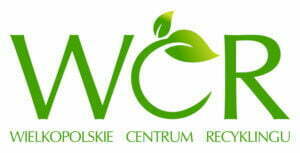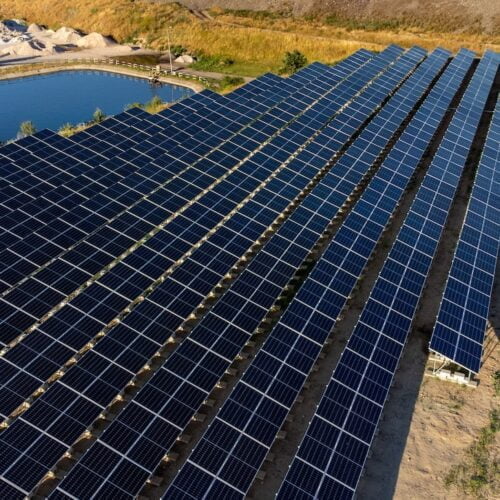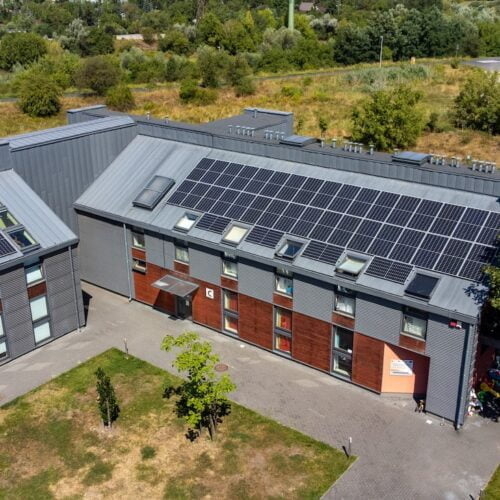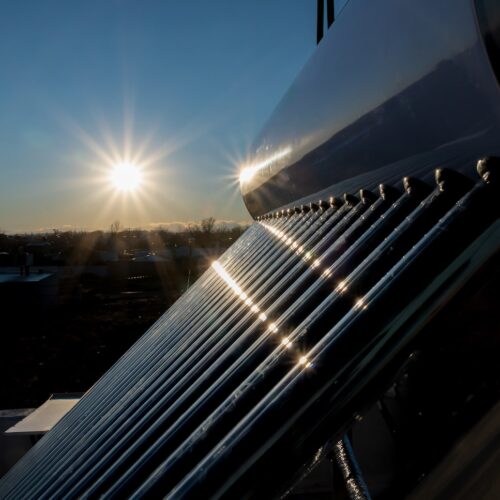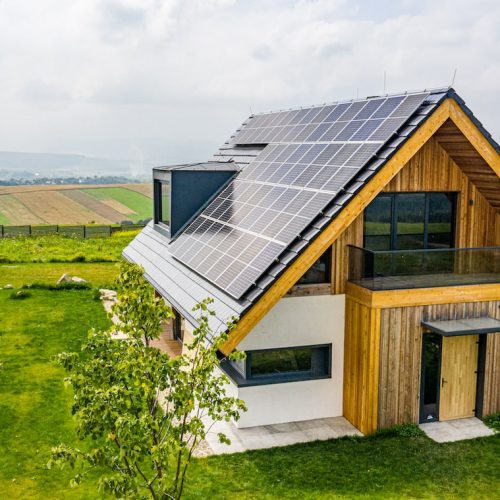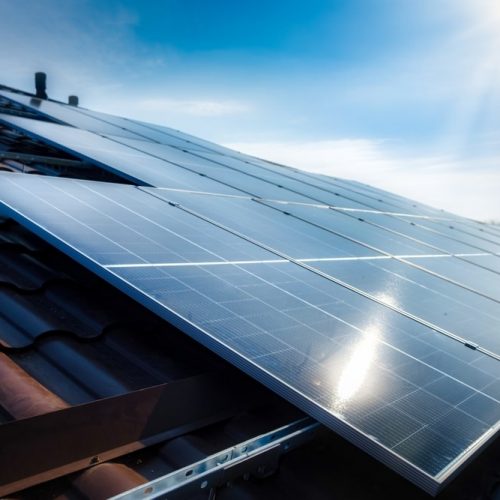Photovoltaic panels are an increasingly popular solution to protect the environment. The main reason for the development of photovoltaics is also the need to stabilize the grid to increase its share of renewable energy. Photovoltaics are also a way to save money. With the panels, you can use energy from the sun to power your home and other buildings, instead of using grid power.
Energy extracted from the sun is not always used in its entirety, as the demand for it varies at different times of the year. Unused energy is diverted to the grid, from where it can be taken back 80%. This is the most efficient solution for using photovoltaics. As technology develops and the cost of energy storage decreases, it will be attractive especially to consumers who use electricity from a home photovoltaic system. In the future, stored energy can also be used in electric cars .
Advantages and disadvantages of energy storage
The biggest advantage of energy storage is that the prosumer can take as much energy as was produced in his installation. Thus, photovoltaic installations allow for great savings, since there is no need to draw and pay additionally for electricity taken from the grid. Storage systems are ideal for areas with difficult grid connections or subject to frequent power outages.
A distinct disadvantage of photovoltaic energy storage systems is their price. These types of systems are more expensive than grid-connected ones, since the storage units are usually built with lithium-ion cells. The investment will pay for itself within a few years of starting to use photovoltaic systems.
The targets set by the EU for increasing the share of renewable energy sources encourage the development and deployment of storage technologies. Photovoltaics are thus becoming increasingly efficient and accessible to everyone. Energy storage facilities are the next step to transform the energy industry and protect the environment.




